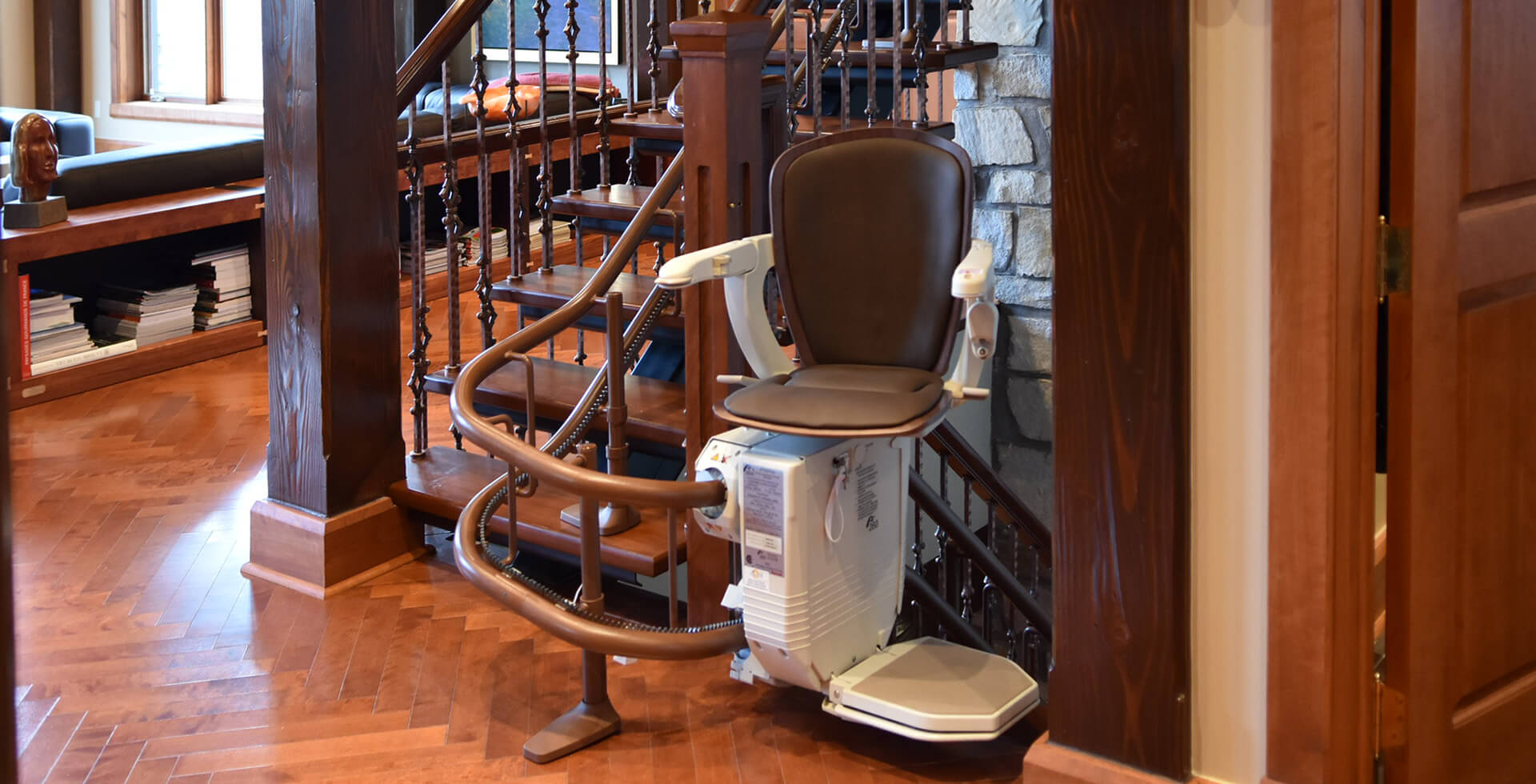Aging at home
Baby boomer and aging at home! More and more aging people are choosing to stay in the home they know and love for many reasons. If home care has adapted to our lifestyle, the phenomenon is not recent.
It must be remembered that some time ago, just a few generations, many families had a way of life to keep the elders at home until their last day. Grandpa and Grandma were an integral part of the house. They had their place there. Today this way of life seems inaccessible. The pace of our lives has accelerated, in many homes both adults have careers, as a result we have abandoned this lifestyle. Elders hardly live with their children anymore. Statistics show that only 2.7% of Canadians live in intergenerational homes. However, we are beginning to see a return to this model. Another interesting option is planning for “our old age” by adapting our home.
A smart choice
Aging at home is a smart choice for people who want to live to the end in their home, condo, cottage or other beloved residence. Seniors who stay at home have the advantage of continuing to live in a familiar environment, maintaining their habits, sleeping in their own bed, eating whatever they want, etc. Our elders resent moving, often at advanced ages, these commotions are causing a lot of stress and anxiety and a deterioration of health – especially mental and emotional health.
Solution: stay at home
It is emotionally rewarding to be able to find solutions to help a loved one remain in a supportive environment for them. Quality of life and personal attention, continuity of care and a person-to-person relationship are all better. Family involvement is often necessary. To age at home, the home support services offered by the government and other organizations provide a lot of help. Older people reap emotional, physical and financial benefits. In some cases, home adaptation, supported by senior workers, allows couples to stay together even through old age and illness.
Ability to stay at home
Of course, it is crucial to take into consideration a person’s ability to remain in their home. The person’s cognitive abilities must be assessed to prioritize their safety and that of those around them. In general, this is a good way to know if the move is necessary. Of course, we all live at risk, and seniors are when they choose to stay in a house with stairs, for example. Solutions can be considered to reduce these risks, such as the installation of a stairlift.
A host of choices are available to seniors and families for appropriate care.
The local CLSC can be a good resource for accessing a lot of information. At En Mouvement we can also inform you of the subsidy programs available to adapt your home. We are convinced that as long as a person’s state of health and level of autonomy allow it, it is more interesting and advantageous for everyone to stay at home. It goes without saying that it is necessary to ensure that the home is adapted to the new needs.

